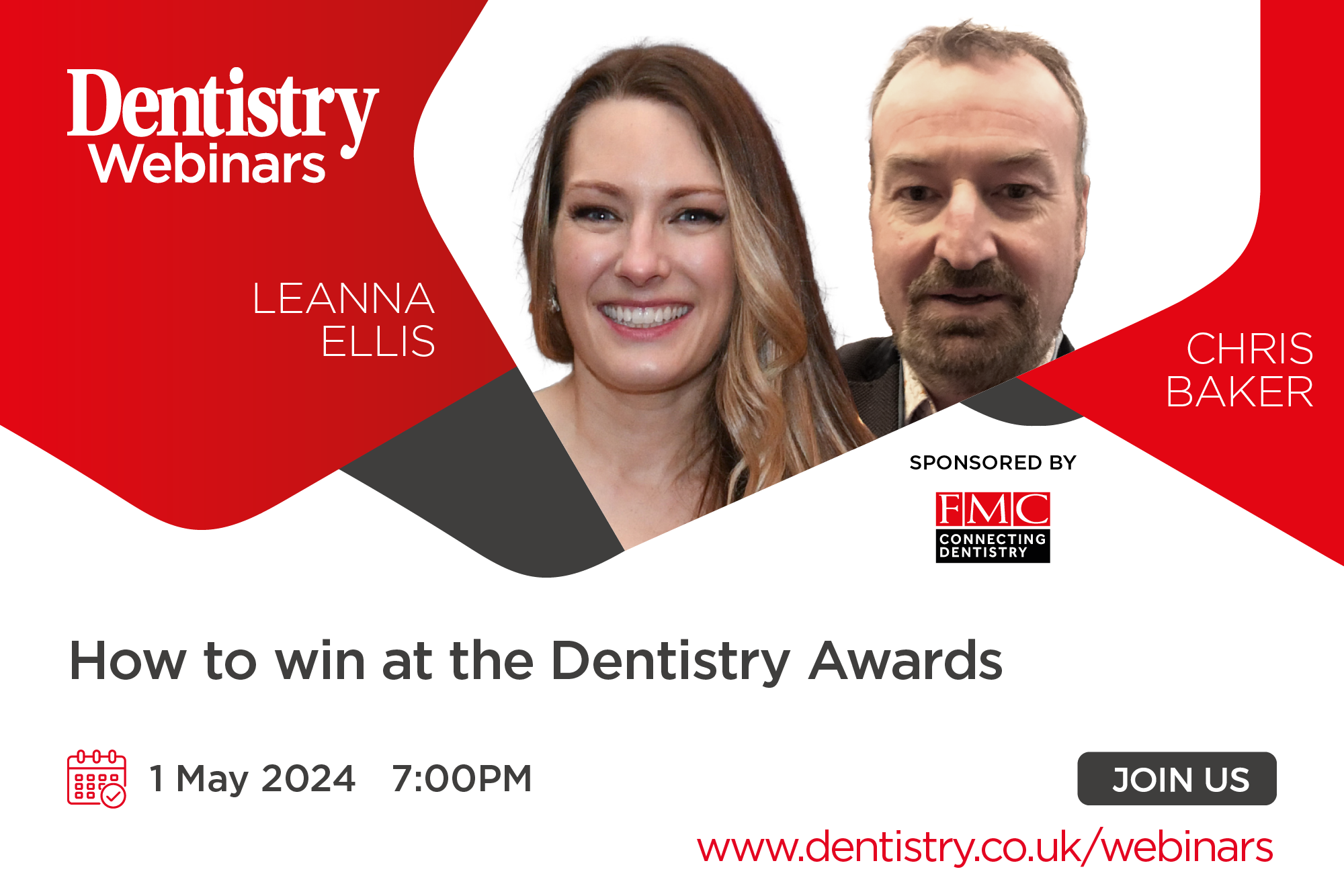
For many dentists, understanding their NHS pension is crucial to helping them calculate how much money they’ll have when they retire.
Unfortunately, the Annual Benefit Statement, provided by NHS pensions, doesn’t give you all the information you need to make informed choices about your future.
Thomas Dickson, chartered financial planner at Wealthwide, explains the five key parts that are missing and what you need to do to fully understand what your pension will be worth at retirement.
Annual allowance – scheme pays
In recent years, many members have exceeded their annual allowance of £40,000 (or less if their income is over £240,000). If they had no unused allowances to carry forward from previous years, then this creates an annual allowance tax charge.
They either had to personally charge this to HMRC or ask the NHS scheme to pay on their behalf by electing for scheme pays.
Scheme pays means that their final pension will be reduced to cover the tax the NHS has paid on their behalf (except for the 2019/20 tax year when NHS England agreed to paid this without reduction). The NHS charges interest at a set rate plus inflation.
To work out what impact this will have, you need to have a record of all the scheme pays elections you’ve made (you can contact NHS pensions if you don’t have this to hand), multiply each year by the interest rate plus inflation and divide by another factor based on when you plan to retire.
Lifetime allowance
The lifetime allowance has progressively fallen to £1,073,100 and is now frozen until the 2025/26 tax year. It is uncertain if it will continue to rise with inflation after this date. This means that unless you have either fixed or individual protection, which provide a higher allowance, any pensions in excess of this value will suffer a lifetime allowance tax charge.
This tax charge is 55% on the lump sum or 25% if the excess is taken as income. Your annual benefit statement does not include this calculation – the tax is simply calculated and deducted when you eventually apply for your pension at retirement.
As a general guide, if your 1995 NHS pension is worth more than £46,500 a year, with an additional lump sum of £139,500, or if your 2015 NHS pension is worth more than £53,655, then any excess over the lifetime allowance will be liable to the tax charge.
Please note any personal pension values also need to be taken into account when calculating if you’re affected by the lifetime allowance.
McCloud judgment
Following the McCloud judgment, members have the option to transfer all benefits accrued from April 2015 to April 2022, into their 1995 or 2008 section pension. This means that these benefits can be paid at age 60 (1995 section) or 65 (2008 section) rather than being linked to the state pension age.
NHS pensions are not yet able to provide the McCloud impact on retirement benefits, so the annual benefits statement simply confirms the benefits accrued between April 2015 and April 2022 as payable in the 2015 section.
Many members may prefer to have the pension paid from an earlier age. But the decision largely depends on each members personal circumstances.
Future service
Another reason why your benefit statement doesn’t state the full picture is that it can only give you the pension benefits you’ve accrued to date. Whilst this may be useful for those who are just a few years away from retirement, it’s really not that useful if you’re many years from retirement.
We can prepare a more accurate forecast by making certain assumptions and adding them to your existing pension. This allows you to see your likely NHS income at retirement and help you make informed decisions now. To read more about the advice we can provide please click here.
Retirement age
The final issue with planning for a secure and comfortable retirement is that the retirement age in the 2015 section is now the same as the state pension, rather than 60. For those reaching state pension age now, that’s 66, but for anyone born after April 1970, it’s rising to 67, and anyone born after April 1978 will have to wait until they’re 68 (or potentially even longer subject to legislation changes) to start claiming.
Having a discussion about when you want to retire is an important part of the planning process. You may want to retire before these ages, so appropriate planning can help you achieve this goal.
Financial planning
For many of the dentists we advise, the NHS pension scheme is just one of a number of income streams they’re likely to have when they eventually stop working. To ensure you make any important decisions with confidence and peace of mind, we’d recommend a financial plan – you can read or watch more about how relevant this is for dentists here.
Relevant info/links:
- If you’ve not got a copy of your Annual Benefit Statement, you can request one here – www.totalrewardstatements.nhs.uk
- For those affected by the annual allowance you can request the ‘annual allowance data extract’ sheet which has all the information for the past years, for both 1995, 2008 and 2015 sections. This confirms the opening, closing and growth amounts for each tax year. You can email NHS pension to request this statement – it takes a few days to be sent over securely by Egress.
Please be aware of the following risks:
- Information is provided only as an example and is not a recommendation to pursue a particular strategy
- The levels, bases and reliefs from taxation are subject to individual circumstances and may be subject to change
- The Financial Conduct Authority does not regulate taxation advice.



